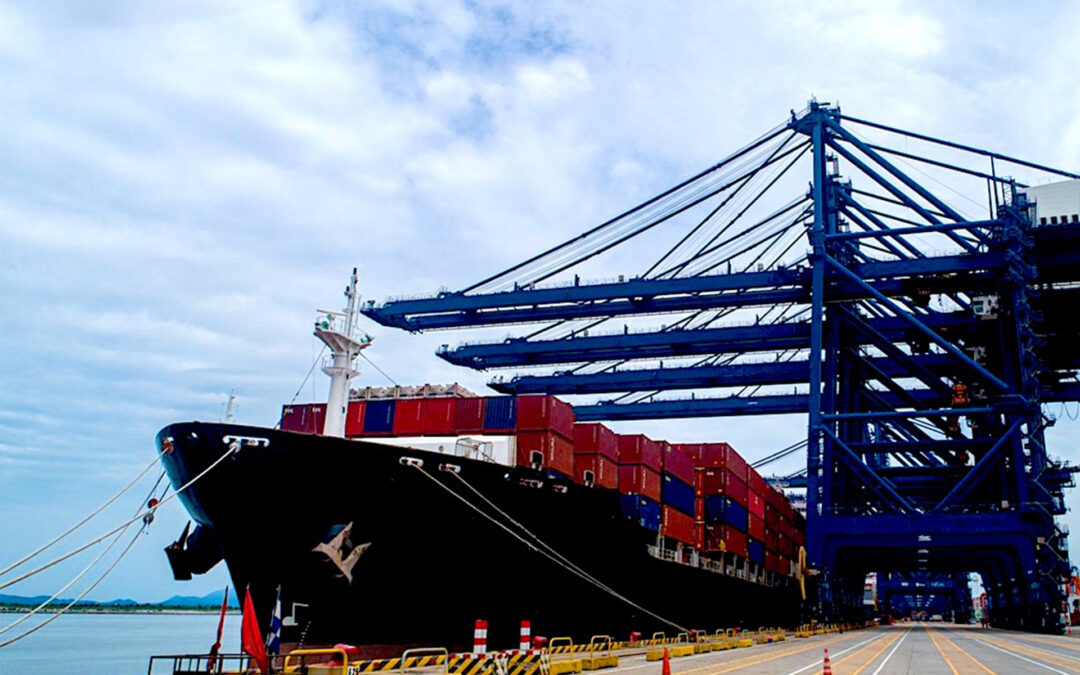The Consumer Price Index (CPI) rose in July with core goods, including general merchandise items, surpassing the overall CPI number as new market research indicated people across the United States are beginning to feel the impact of tariffs.
A survey commissioned by Omnisend, an email & SMS marketing platform, suggested retailers in the United States may suffer doubly as they deal with tariff-related price increases and as consumers look beyond borders to get around tariffs on goods from China. The research report was released a day after President Trump extended a pause on potentially escalating tariffs on Chinese goods, currently levied at 30%, another 90 days until November 10.
In general, the Consumer Price Index increased 0.2% on a seasonally adjusted basis in July, after rising 0.3% in June, according to the United States Bureau of Labor Statistics. On an annual basis, the rate of price increase was 2.7% before seasonal adjustment. Prices for core products, officially designated all items less food and energy, increased by 3.1% on a 12-month basis.
The Labor Department noted its shelter finding rose 0.2 percent in July, driving up the overall CPI. By sector, indexes that increased over the month included medical care, airline fares, recreation, household furnishings and operations, and used cars and trucks.
According to a survey commissioned by Omnisend, an email & SMS marketing platform, and conducted by market researcher Cint during July, U.S. adults are aware of the effects of tariffs on China especially. The study concluded, consumers now spend an extra $12.2 billion each month, averaging $47 more per person, due to the latest tariffs on Chinese goods put in place by the Trump administration. One in seven survey respondents said they are spending $100 or more.
Cint surveyed 1,200 U.S. adults, and 66% said they’ve noticed higher prices following the tariffs on Chinese goods imposed earlier this year. Shoppers most commonly point to Amazon (named by 39% of respondent), Temu (30%) and Walmart (27%) as retail outlet in which they noticed a pricing shift. Walmart is among the companies that have warned it would have to raise prices because of tariffs.
As to viewpoints, 49% of U.S. consumers said they opposed China tariffs even after years when the U.S. public has been skeptical about trade with the country, while 28% supported them and 23% didn’t render an opinion. In a similar study conducted in February, 42% of consumers opposed China tariffs, Omnisend noted. At the same time, the proportion of U.S. consumers willing to pay more for American goods gained a bit to 43% from 40% in February.
With inflation having tightened budgets, 68% of survey respondents said they have reduced or stopped shopping on marketplaces operating out of China, such as Temu and Shein. The shift occurred as the Trump administration did away with the de minimis rule for Chinese goods, which waived duties for imports under $800, slashing much of the price advantage the marketplaces enjoyed. Price increase is the top trigger touching off a change in buying with 34% of Americans citing it as the main reason for no longer shopping China-based marketplaces.
However, consumers are looking for tariff workarounds, Omnisend pointed out, with 23% having purchased or considering purchasing from Canada or Mexico to dodge price increases on goods from China, and another 26% saying they’ll do so if prices keep rising.





